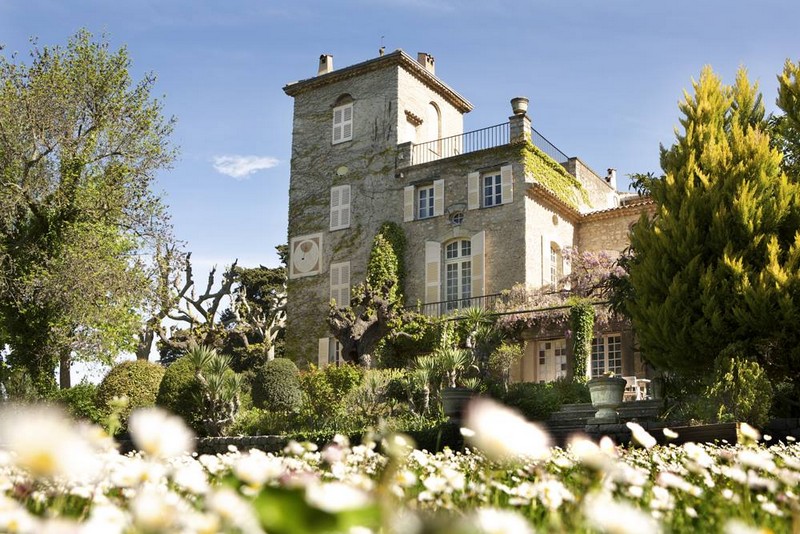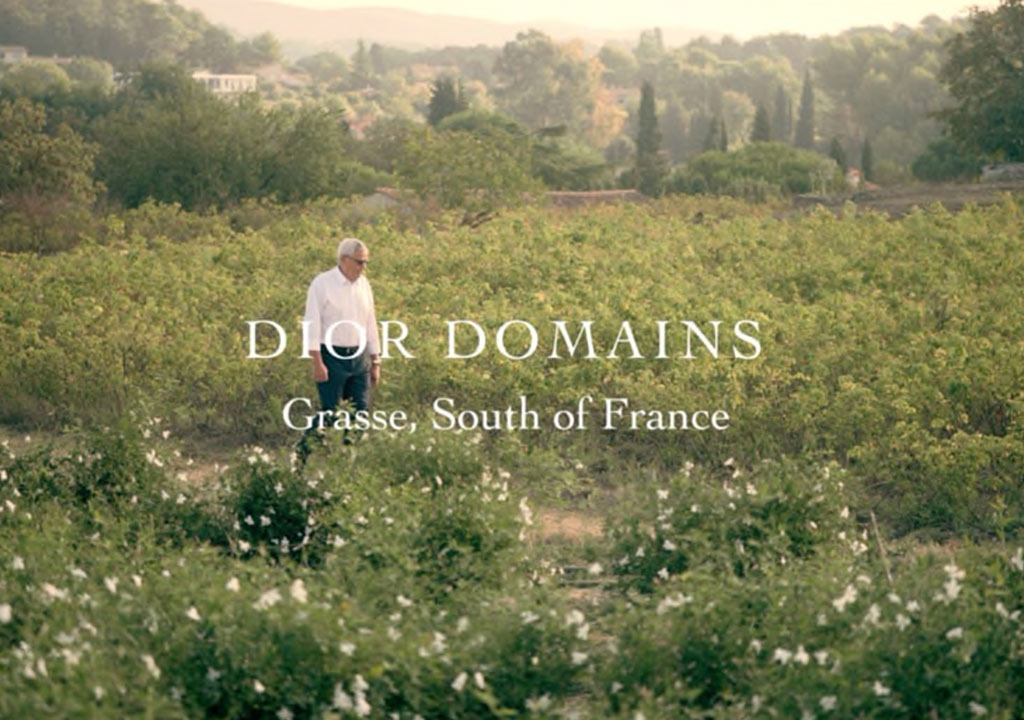Christian Dior is not only a legend in the art of fashion; he is also known for his expertise in the art of perfume.
When the House of Dior was established in December 1946, it didn’t take very long for it to become so popular. And that was all thanks to when Dior presented his Corolle (circlet of flower petals) line, which was rechristened as the New Look by Harper’s Bazaar. Eventually, however, the designer not only wanted to create dresses exuding his key aesthetic, which is simplicity and elegance; he also pursued his passion for the olfactory arts.
So, after introducing the New Look that derived its primary inspiration from the raw beauty of flowers, he began to create the maison’s first-ever signature perfume: Miss Dior. It became one of the great and iconic fragrance of the 20th Century. Hence, it began Dior’s ongoing love story between flowers and its exquisite scents–one that endures even to this day.

Recently, Dior gave us a glimpse of how they procure all the essences used for their fragrance line. In their series titled, The Quest For Essences, the fashion house explained and shared what distinguishes its fragrances and makes them unique. Each film is a journey to discover a raw material, an inspirational terroir, punctuated by encounters and discussions on traditions and expertise with Dior’s Perfumer-Creator François Demachy.

“Creating a fragrance is like cooking, and cooking is much easier with quality ingredients—the same goes for perfumery,” explains Demachy. “And all the professions in the perfume industry are crafts that require certain know-how that we don’t want to see disappear.” Their dedication, authenticity, and faith never fail to create the exquisite essences the storied house needed, which is why Demachy considered it their duty, as a perfume house, to invest and preserve that expertise.
May Rose
May Rose is one of the most important scents for Dior. It is known as “rosa centifolia,” which means a hundred-petalled rose. It’s a hybrid in Grasse, south of France, and has always been viewed in high favor. And the field of their primary source for it is actually located on the hillsides of the Château de La Colle Noire, Christian Dior’s beloved home.
Each year, in the days leading to the May Rose Harvest, the field is weeded following a traditional and chemical-free technique to ensure the best olfactory quality for its flowers. Then a few weeks later, the flowers are ready to be delicately hand-picked with a unique gesture one-by-one, passed on through generations. Once it’s all gathered, about 300 thousand flowers will be needed so as to extract only a kilogram of the absolute essence, which all Dior Extraist de Perfume contains.
Bergamot
Bergamots are a hybrid between orange and lemon, which is zesty, floral, and fruity all at the same time. It’s found almost nowhere else but in the region of Calabria, Southern Italy where 95% of the world’s bergamots are produced. And as it’s found in all of the fragrances of the House, this is essential to the olfactory structure of Dior.
Through a preferential partnership, François Demachy worked directly with the producer to create a custom San Carlo Bergamot for Dior. “When you go to Calabria, you feel the reality of a terroir brought to life, and draw inspiration from the beauty of the plantations,” says Demachy. “When I go to Calabria, for our bergamot, I need to see the product, see the trees, and see the fabrication process. That is how ideas are born.”
In addition, it’s essential to on location to smell the tests and the initial yields and to get a feeling for the atmosphere because the atmosphere is part of the product. Annually, several thousand organically grown bergamot trees are solely harvested for the House of Dior. And to obtain a kilogram of the essence, one thousand bergamots will be used.
Jasmine Sambac and Grandiflorum
With its enveloping and sensual notes, Jasmine is a fragrance all on its own. For the House of Dior, there are two types of Jasmine that they use: the Sambac and the Grandiflorum. The jasmine sambac is locally grown in Southern India, while the Grandiflorum takes its roots in Grasse, south of France, which is the same for May Rose.
Jasmine Sambac was first used in perfumery only 20 years ago, whereas Jasmine Grandiflorum is the traditional jasmine used. But the big difference, apart from how it looks likes, is the scent per se. According to Demachy, the former has something “animal and powerful about it.” A slightly orangey and more sensual quality. The latter, on the other hand, is “more delicate, more solar in a way.”
Jasmine Grandiflorum has a distinctive odor that is particularly due to its terroir, and that is undoubtedly much fruitier and fuller. Since it is in an atmosphere that is much more stressful, even if the weather is beautiful, fairly sunny, and warm, it’s not as hot as India. So, the stressed plant tends to release a little more fragrance, almost like a defense mechanism, compared to that of the jasmine sambac.
The harvests, reserved exclusively for Dior fragrances, are the fruit of a long history of cooperation with the producers both in Grasse and India. Eventually, J’adore perfume became the first fragrance to have used Jasmine Sambac. As for Jasmine Grandiflorum, it’s also present in J’adore Eau de Parfum but it has this strong presence in Miss Dior.
Ylang Ylang
Ylang Ylang means “the flower of flowers” in the different Indian Ocean cultures, where this tropical, almost magical looking flower can be found. In Dior’s case, they always obtain their Ylang Ylang in the beautiful island of Nosy Be, Madagascar.
“The Ylang is a tropical flower, and everything associated with it—the sun, the heat, the light—is present in its scent. These unconscious sensations are used to evoke a sunny, joyful side in a perfume,” shares Demachy. Now the Ylang Ylang has some similarities with jasmine, but with a tropical aspect, a hint of salt and a seaside influence, while at the same time being fruity.
To obtain a tailor-made Ylang, exclusive to Dior fragrances, 100 kg of flowers are needed to extract a kilogram of the essence, which are distilled right after the harvest in Nosy Be. That’s because Ylang flowers can deteriorate very quickly due to the heat and the light. After this, it shall be transferred to Grasse, where Dior’s perfumery art was born, to be reworked, and to be able to get the salty scent more, which is used in J’adore In Joy.







